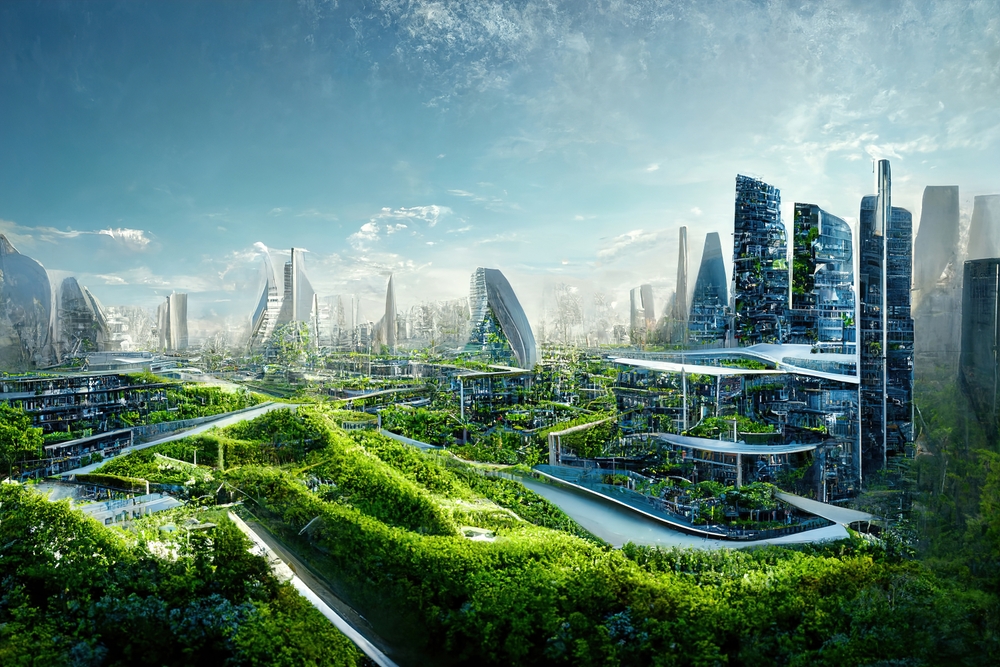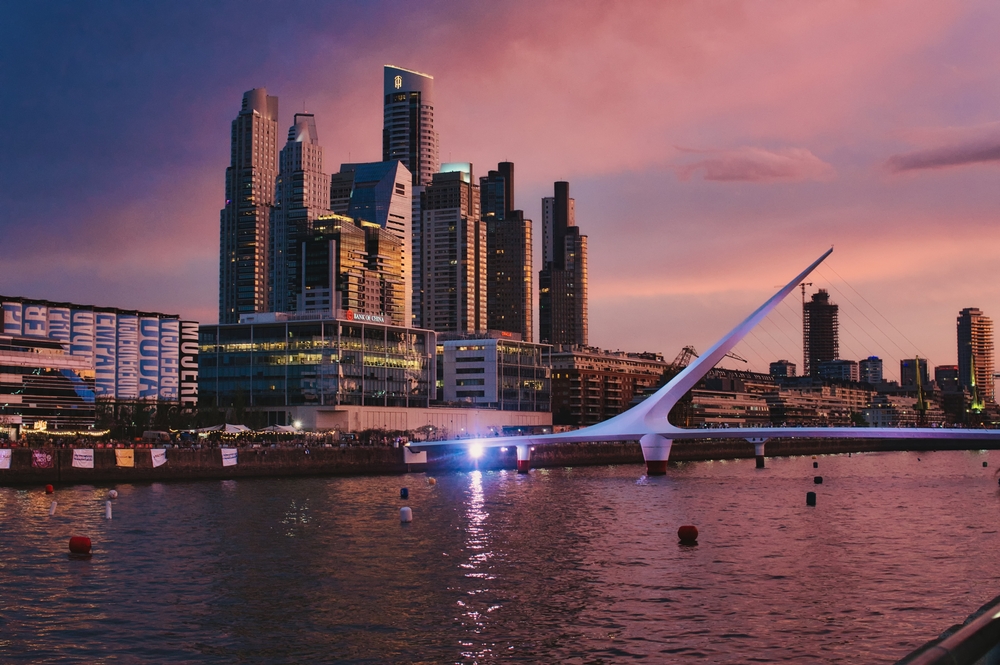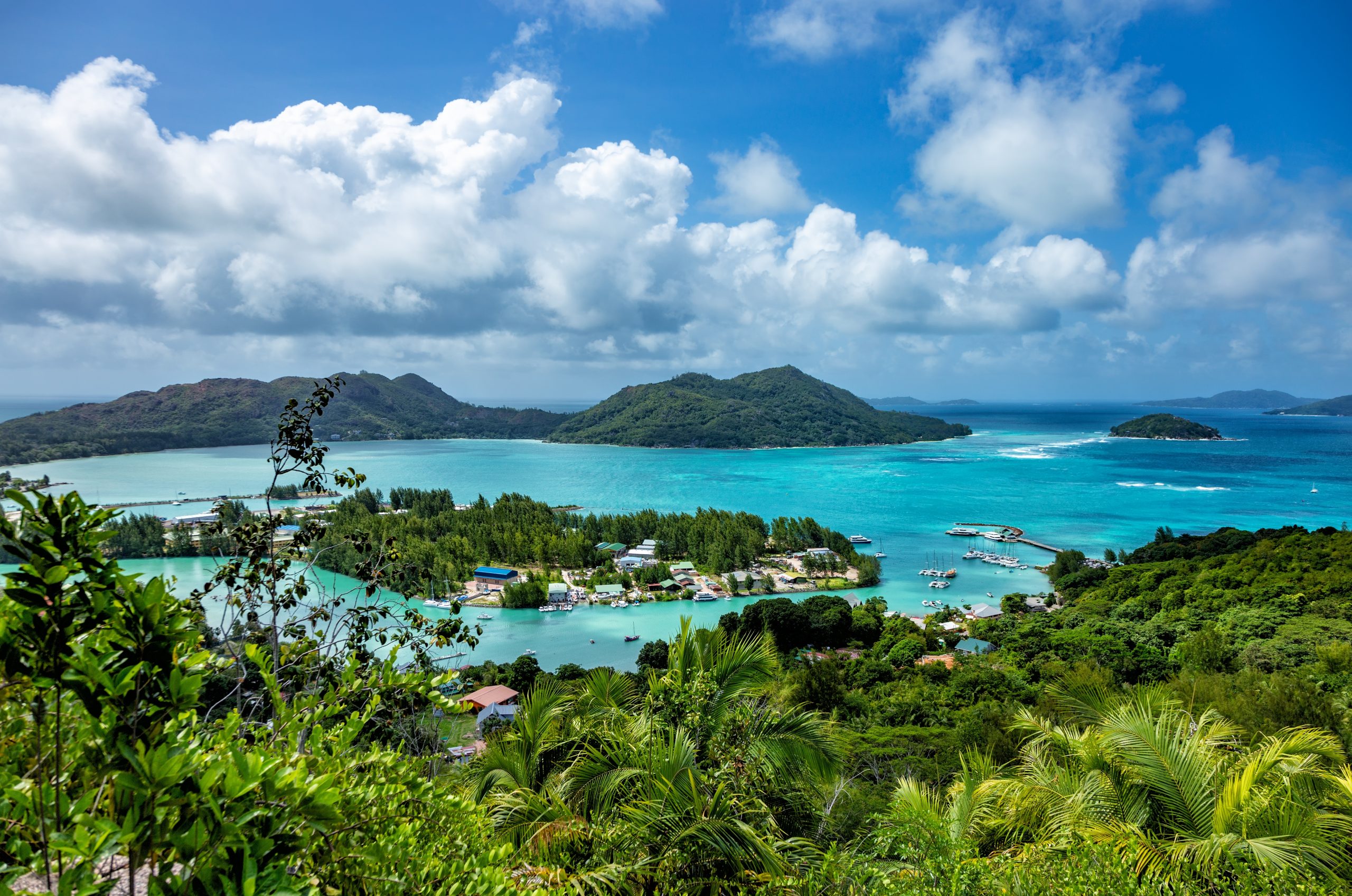What is the Cleanest Country in the World? Top 10 Rankings

If you’ve ever asked yourself what is the cleanest country in the world, the answer isn’t just about spotless streets or how often the trash gets picked up. Real environmental cleanliness goes deeper, it’s about air quality, waste systems that actually work, sustainable cities, and how a nation prioritizes both its people and its planet. In a world facing rising pollution and climate stress, the countries topping this list are doing something right. They’ve figured out how to balance development with environmental care and that’s what truly sets them apart.
How is Environmental Cleanliness Measured Globally?
When we talk about the “cleanest” countries in the world, we’re not just looking at how tidy the streets are or how blue the skies look on Instagram. Global cleanliness is measured through detailed frameworks like the Environmental Performance Index (EPI), which ranks nations based on key cleanliness metrics. These include air and water quality, waste management, CO₂ emissions, biodiversity, and public health data.
Other global rankings also factor in how well countries enforce environmental laws, use renewable energy, and manage urban planning. Cleanliness, in this context, becomes a much broader and more meaningful picture, it’s about how a country functions sustainably, not just how polished it looks on the surface.
So when we rank the cleanest countries in the world, we’re really answering a more layered question: Who’s doing the best job at living in balance with nature, while maintaining a high quality of life for its people?
Singapore: The World’s Cleanest Country
A sneak peak to whose the winner: Singapore. Often referred to as the cleanest nation in the world, Singapore’s reputation didn’t happen by chance. It was built with relentless intention.
From banning chewing gum to deploying thousands of cleaners across the city, Singapore cleanliness is the result of smart policies and a culture that values discipline and public responsibility. But it goes deeper than spotless sidewalks. The country has invested heavily in green technologies, water recycling systems, and urban planning that prioritizes greenery, even in high-density areas.
As a clean city-state, Singapore tops global charts in waste treatment, air purity, and sanitation. So if you’re still wondering what is the cleanest country in the world, Singapore is the answer—both on paper and in person. But that’s not it, we’ll talk more about Singapore just in a bit!
For now, here is our list of:
Top 10 Cleanest Countries in the World 2025
So, what is the cleanest country in the world right now? While Singapore takes the top spot, several other nations are leading the charge when it comes to sustainability, air quality, public health, and how seriously they take their environmental responsibilities. Below, we break down the 10 cleanest countries in 2025 and what exactly makes them shine.
1. Singapore
If you’ve ever landed in Singapore, you’ll know within minutes that you’re in one of the cleanest countries in the world. Everything from the spotless sidewalks to the crystal-clear tap water feels like it’s been designed with intention. And honestly, it has.
Singapore isn’t just clean. It’s surgically clean. This city-state has been considered the cleanest nation for a reason: it has built an entire system around public hygiene and sustainability. Littering fines, strict waste laws, and a zero-tolerance policy on pollution aren’t just rules, they’re part of the culture and it works.
The government’s Green Plan 2030 is leading the charge. With goals like quadrupling solar energy deployment and cutting waste sent to landfills by 30%, Singapore is clearly looking decades ahead. Their Zero Waste Masterplan is another standout, focused on recycling, sustainable consumption, and land-use planning. The goal is to extend the life of the country’s only landfill and reduce waste per person.
In other words, Singapore isn’t just the cleanest country in the world in 2025. It’s a full ecosystem built on smart design, strong policy, and a shared sense of pride.
2. Switzerland
Switzerland is what happens when precision meets nature. It’s not just about the Alps and postcard-perfect lakes. This country walks the talk when it comes to environmental cleanliness.
Just a few decades ago, Swiss rivers weren’t quite the shining examples they are today. But long-term cleanup programs and cutting-edge wastewater treatment have transformed them into some of the cleanest in Europe. Locals now swim in lakes and rivers that once needed environmental rescue.
Switzerland keeps close tabs on consumption, too. Through its Environmental Responsibility Initiative, it’s making sure its environmental footprint stays within global limits. Urban planning is strict. Land use is managed carefully to stop sprawl and keep green space intact.
In short, Switzerland is proof that cleanliness and sustainability can absolutely go hand in hand with progress and quality of life.
3. Denmark
With some of the most ambitious climate targets on the planet, Denmark is building its future on renewable energy and green innovation.
Copenhagen is a great example. It’s designed for people, not just cars. You’ll find more bikes than vehicles on many streets, public transport that runs like clockwork, and green rooftops integrated into everyday city life. Take CopenHill, a power plant with a ski slope on top which could exist only in Denmark.
The country is pushing for a 70% cut in carbon emissions by 2030, and it’s not just talk. Government support, community participation, and global leadership make Denmark a front-runner in both environmental responsibility and livability.
When it comes to the cleanest countries in the world, Denmark is right near the top for all the right reasons.
4. Sweden
Sweden takes a long view. For them, cleanliness is more than appearance. It’s about smart systems and deep environmental awareness.
This is a country that’s managed to grow its economy while reducing greenhouse gas emissions. Public transport is electric, urban spaces are green, and nature is always just around the corner—even in Stockholm or Gothenburg.
Sweden is also home to world-leading environmental research institutions. They don’t just practice sustainability. They innovate around it. From cutting-edge recycling programs to forest preservation policies, Sweden’s approach to environmental cleanliness is layered and long-term.
If you want a clean country with serious depth, Sweden is one to watch.
5. Norway
Norway is a country where you can breathe deeply, drink straight from mountain streams, and take in landscapes that are as untouched as they are breathtaking.
Norway has made environmental responsibility a national priority. Nearly all of its electricity comes from hydropower, and it’s leading the way in electric vehicle adoption. Even in cities, the air feels crisp and clear. Urban centers like Oslo are models of green design and efficient public infrastructure.
The best part? This isn’t a top-down effort. Norwegians genuinely value nature, and it shows in the way they live. Cleanliness isn’t just enforced. It’s embraced.
Norway’s commitment to clean living isn’t flashy, it’s foundational. And that’s what makes it one of the cleanest and most livable countries in the world.
6. Finland
Finland is one of those countries that just feels clean: from the air you breathe to the water you drink. What really sets Finland apart is how seriously it takes environmental responsibility.
According to the World Health Organization, Finland consistently ranks among the best in the world. This is because the government has put strong environmental regulations in place, cities like Helsinki are packed with green spaces, and public transport is widely used, making it easier to avoid pollution in the first place.
In 2025, Finland made headlines for shutting down its last coal-fired power plant. It’s part of a bigger goal to phase out coal completely by 2029. This isn’t just about climate targets. It’s also about long-term savings for consumers and a healthier planet.
That said, the country isn’t without its challenges. There’s been concern over a drop in carbon sinks like forests and peatlands, which are crucial for capturing emissions. Unusual weather and increased tree die-off are raising alarms. Still, with its long-standing focus on clean living and public awareness, Finland remains one of the strongest contenders when you’re asking what is the cleanest country in the world.
7. Iceland
When people think of Iceland, they picture waterfalls, black sand beaches, and bubbling hot springs. But what many don’t realize is how impressively clean and sustainable the country really is.
Iceland is nearly 100% powered by renewable energy, thanks to its abundant geothermal and hydro resources. That’s a big reason why the air is so fresh and the cities feel so untouched. Even heating your home in Iceland has an incredibly low environmental cost.
Water quality? Off the charts. Iceland’s drinking water comes straight from natural springs, no extra treatment needed. Whether it’s your tap water or the rivers running through the landscape, it’s pure and unpolluted.
The country also takes tourism seriously, not just in numbers but in sustainability. Strict environmental policies are in place to protect the land from overuse. National parks are carefully maintained, and there’s a real effort to educate visitors on eco-conscious travel.
In global rankings, Iceland frequently lands in the top tier. For a small country, its environmental impact is impressively low and its commitment to staying clean runs deep.
8. New Zealand
New Zealand is one of those places where nature doesn’t just exist, it thrives. In this island nation has made protecting the environment part of its national identity.
Air quality is excellent. New Zealand is one of the few countries that consistently meets World Health Organization guidelines for PM2.5 levels. Clean air, clean water, and access to green space aren’t luxuries, they’re everyday realities here.
What’s interesting is how sustainability is baked into the education system. All eight of the country’s universities have been recognized for putting serious effort into environmental and social responsibility. That means the next generation is already being trained to think and act with sustainability in mind.
Of course, New Zealand isn’t without its hurdles. Plans to reverse a ban on oil and gas exploration have stirred debate and could affect the country’s clean image.
Still, New Zealand remains one of the safest bets for anyone looking to live in a place where the environment is genuinely valued.
9. Luxembourg
Luxembourg may be small, but it’s making a big impression in global sustainability circles. Tucked in the heart of Europe, this country has become a standout example of what focused, smart environmental planning can achieve.
Take its 2024 Environmental Performance Index score, a solid 75. That kind of ranking doesn’t happen by accident. It’s the result of consistent investment in clean energy, sustainable transport, and policies that keep both urban and rural areas pristine.
Luxembourg is also part of the Global Net-Zero Government Initiative, aiming to make its national operations carbon neutral by 2050. It’s a bold move that shows long-term vision.
In the capital, you’ll find a city that balances modern life with green living. Parks are everywhere, public transit is efficient, and car-free zones make walking a pleasure rather than a chore. It’s easy to see why Luxembourg continues to attract residents and investors looking for a clean, stable place to live and work.
10. Japan
Japan is a masterclass in balancing urban life with environmental discipline. If you’ve ever walked through Tokyo at 10 PM and noticed the spotless streets, you already have a sense of what sets this country apart. Cleanliness here isn’t just encouraged, it’s deeply embedded in the culture.
Let’s start with waste management. Japan is famous for its meticulous recycling system. Residents separate garbage into burnable, plastics, cans, and more, with strict rules about how and when to dispose of each type. It sounds like a lot, but it works. Landfills are minimal, and the recycling rate is one of the highest in the world.
In terms of air quality, Japan holds up impressively well for such a densely populated country. Cities like Kyoto and Sapporo offer fresh air, low pollution, and plenty of green spaces. Even in mega-cities like Tokyo, public transportation is so efficient and widely used that traffic-related emissions are kept relatively in check.
Water quality is another strong point. Tap water across Japan is safe to drink and rigorously tested. Lakes and rivers are protected through national environmental standards that aim to balance development with ecological integrity.
Japan also invests heavily in clean technology. From hydrogen fuel infrastructure to energy-efficient building codes, the country is constantly innovating to reduce its environmental footprint. Even its tourism sector promotes eco-conscious travel, with rural homestays and nature-based experiences gaining popularity over traditional city tours.
Need Help?
Your goals deserve a strategy that matches your ambition. At Millionaire Migrant, we’ve spent decades helping individuals and families achieve freedom through tailored investment plans, strategic tax optimization, and second citizenship solutions. Our mission is simple: we help you create a life where you can live, work, and invest with no borders and minimal tax burdens. Ready to redefine your future?
Contact us today and discover how Millionaire Migrant can help you make it happen.


